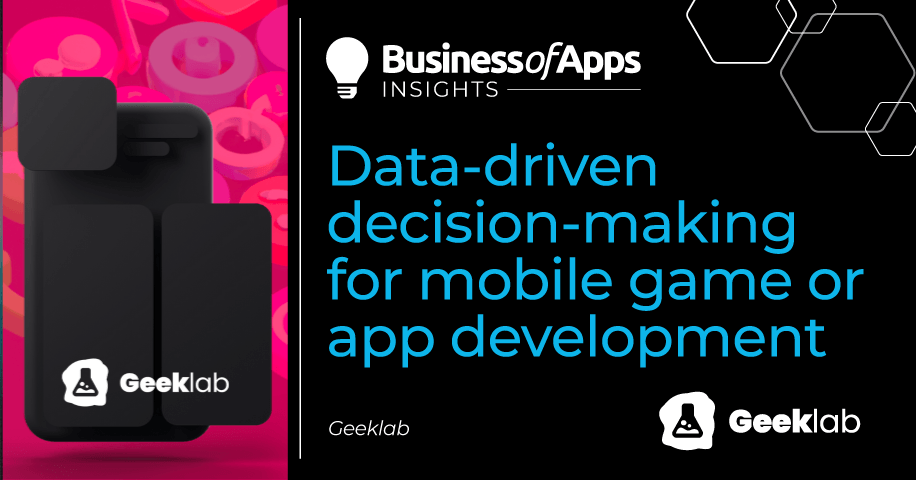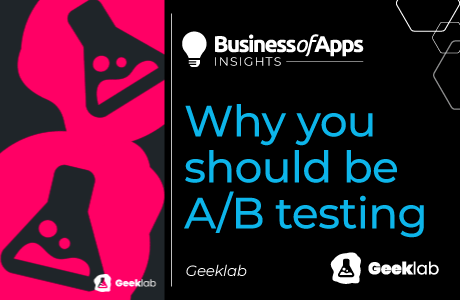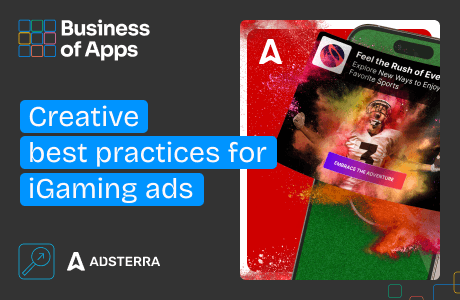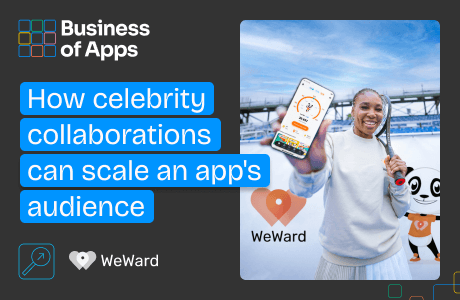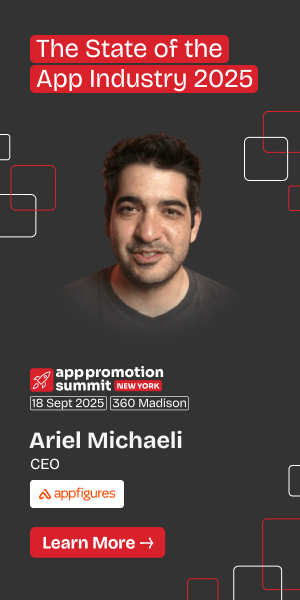When it comes to developing a mobile game or app, it’s crucial to ensure that you’re making the right decisions before investing time and resources. One way to do this is through concept validation, which involves testing your game’s or app’s ideas and themes early on to gather valuable insights.
For example, choosing the right name for your game can be difficult as it is equally important for search rankings and marketability. In this article, we’ll explore the process of concept validation and how to make the most out of it.
Testing themes and ideas
Before diving into development, it’s essential to start testing to validate early on. A/B testing is a powerful tool to gauge audience interest and preferences. When you start testing early on, you are not risking it by putting all your eggs in one basket, but you are learning along the way what performs best.
By creating a look-alike app store page with different variants, you can assess which one resonates most with potential players. For example, when you are building a game, you could start by testing different themes against each other to guide further development.
Analyzing the data collected from user interactions with the look-alike app store page helps determine the most appealing theme and make informed decisions about further development. Other elements that are useful to test are core app features, name, style, design, characters, and gamer motivations.
Testing themes and ideas
Source: Geeklab
Data analysis and decision-making
Everything starts with proper market research, competitor strategy analysis, and building a strong hypothesis for a successful test. This is an important step that sets the basis for a high-quality test and should not be skipped.
Once the concept validation campaign concludes, it’s time to analyze the data gathered. By examining the ad and variant-level data, you can identify the most appealing variant to your audience. The results might reveal a clear winner or show minimal differences between variations. Regardless, these insights provide valuable statistics to guide your decision-making process.
For example, if one of the themes emerges as the audience’s favorite, you’ve found a theme that resonates with your potential players. Armed with data-based decisions, you can confidently proceed with said theme, knowing you’ve saved resources by avoiding guesswork. It’s worth noting that these results indicate preferences but don’t exclude the possibility of success with other themes.
Iterate to grow
Concept validation shouldn’t be a one-time effort. It’s crucial to embrace a testing mindset throughout the entire development phase, and even extending post-launch. Testing can extend to various aspects, such as characters, core mechanics, player motivations, and app store elements once the game or app is live.
This iterative process allows you to refine and optimize your game or app based on real user feedback. Even after the game’s release, testing remains vital to identify the best-performing store page assets. This ongoing optimization ensures that your game continues to attract and engage players.
Concept validation methods
Both Google Play Store and iOS App Store only allow A/B testing for live apps but luckily there are options to explore. The first option for concept validation is to run ads on a chosen platform, like Meta for example. You can try out the different concepts as ads and direct to a survey for qualitative insights. Based on the data and survey answers you are able to build a gamer persona and determine the most popular.
The second option is to use a third-party tool, such as Geeklab, to run tests. With third-party tools, you are able to conduct competitor analysis, create surveys, run tests for concepts and live apps, and get important data about performance and user behavior.
Example test: Game name validation
Choosing the right name for your game is a critical aspect of ASO. A well-crafted game name can impact search rankings and overall marketability. To validate game names effectively, it’s important to conduct thorough research and understand the market and competitors. Utilize mobile intelligence platforms and ASO tools to gather data on search volume, competitiveness, and keywords associated with successful games. After thorough research, you can create a list of keywords related to your game.
Once you have a list of strong keywords, you can generate multiple name alternatives by randomizing them. Experiment with different name formats, combining creative words with high-performing keywords. Keeping the title under 30 characters ensures compatibility with both Google Play and the iOS App Store. When you set up a test, it is good to narrow your options down to ~5 different name variations and test those instead of testing the entire list.
Setting up a test
Source: Geeklab
Start with creating assets to create the ads and/or the lookalike store page. The assets should be the same for each variant, with only the name being different to test the effect of the name.
Campaign setup depends on how you test the concept. For a test that utilizes only ads, and not a third-party tool, you create ads for each name variant and use the same creatives, targeting settings, and budget for each ad. Direct users to a survey from the ad in order to find answers to more specific questions.
If you are using a third-party tool, first create the lookalike pages and then set up an ad campaign similar to the first option. Then direct users to the campaign URL of the third-party tool in order to get traffic to each variant. Users will be directed to the lookalike page that gathers user behavior data and ultimately can be directed to a survey for qualitative insights.
Once the test is up and running, let it run for approximately 10 days. This allows it to capture user behavior during weekdays and weekends to capture any differences.
Finally, when the test is concluded you get to the results. A third-party tool calculates the winner variant automatically if a winner is found. You are also able to look at the results at a variant and ad level and draw conclusions in addition to the survey results. However, an important thing to keep in mind is to consider other factors as well when choosing a game name, such as brand alignment, memorability, and cultural appropriateness.
Ideas to test
When you want to learn from your audience early on, here are some ideas for concept tests to run that can help you with development:
- Marketability
- Game theme
- Art style
- Core features or game mechanics
- Characters
- Design
- Player motivations
Note that timing is also key. Validating ideas before development has gone too far is the most beneficial to avoid lost resources and production.
Conclusion
Iterative concept validation through testing and data analysis is crucial for making informed decisions and optimizing its market potential. By conducting concept validation tests and analyzing the results, you can identify appeals to your audience the most.
Testing your app’s or game’s gameplay, core features, theme, design, visual assets, or art style early on helps refine your game or app to create an engaging experience for the player or user.
Embrace a continuous testing mindset throughout development and beyond to refine your game and improve its chances of success in a competitive mobile market. Test early to fail early, and to fail small to win big.
Let’s get started on turning impressions into installs with Geeklab!



